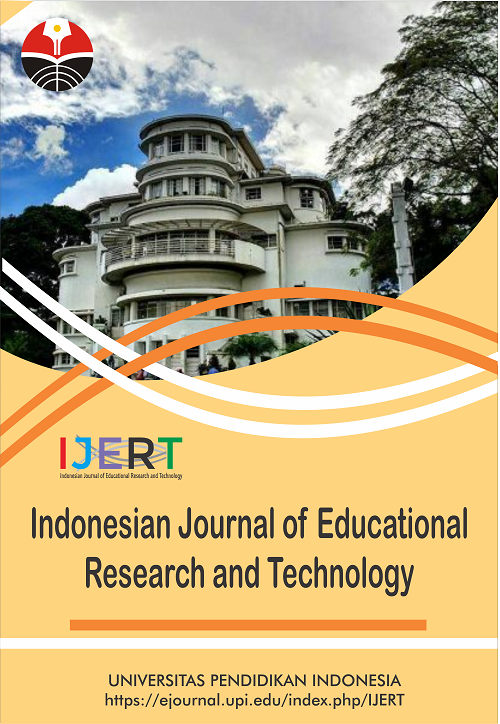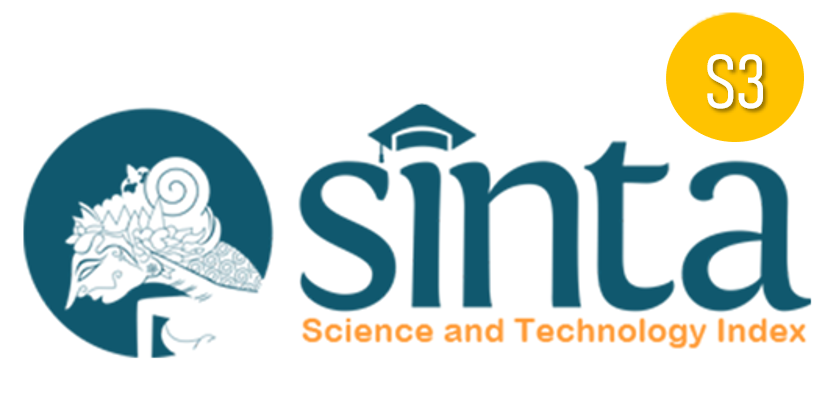Advancing Marine Debris Monitoring through Artificial Intelligence and Remote Sensing: A Systematic Review for Environmental Education and Sustainable Development Goals (SDGs) Integration
Abstract
This systematic review investigates how artificial intelligence and remote sensing technologies contribute to advancing marine debris monitoring in support of environmental education and sustainable development goals. A structured literature review was conducted on selected studies published between 2019 and early 2025, focusing on the integration of deep learning and various remote sensing platforms, including satellite imagery and unmanned aerial systems. The findings demonstrate that AI-enabled systems enhance detection accuracy and monitoring scalability. This improvement matters because conventional methods are limited in spatial coverage, frequency, and reliability. The review identifies persistent barriers, such as insufficient ground truth data and the inability of models to generalize across regions. These challenges highlight the need for educational programs that strengthen data literacy, cross-disciplinary collaboration, and environmentally conscious digital practices. The study provides actionable insights for educators, researchers, and policymakers, offering a technological foundation to promote sustainability learning and informed decision-making in response to global marine plastic pollution.
Keywords
Full Text:
PDFReferences
Abreo, N. A. S., Aurelio, R. M., Jr., Kobayashi, V. B., and Thompson, K. F. (2023). 'Eye in the sky': Off-the-shelf unmanned aerial vehicle (UAV) highlights exposure of marine turtles to floating litter (FML) in nearshore waters of Mayo Bay, Philippines. Marine Pollution Bulletin, 186, 114489.
Adeoba, M. I., Pandelani, T., Ngwangwa, H., and Masebe, T. (2025). The role of artificial intelligence in sustainable ocean waste tracking and management: A bibliometric analysis. Sustainability, 17(9), 3912.
Biermann, L., Clewley, D., Martinez-Vicente, V., and Topouzelis, K. (2020). Finding plastic patches in coastal waters using optical satellite data. Scientific Reports, 10(1), 5364.
Booth, H., Ma, W., and Karakuş, O. (2023). High-precision density mapping of marine debris and floating plastics via satellite imagery. Scientific Reports, 13(1), 6822.
Cózar, A., Arias, M., Suaria, G., et al. (2024). Proof of concept for a new sensor to monitor marine litter from space. Nature Communications, 15, 4637.
Danilov, A., and Serdiukova, E. (2024). Review of methods for automatic plastic detection in water areas using satellite images and machine learning. Sensors, 24(16), 5089.
Dimyati, M., Rafli, M., and Damayanti, A. (2023). Differences of coastal changes in the area affected by land cover changes and coastal geomorphological South Bali 1995–2021. International Journal of Remote Sensing and Earth Sciences (IJReSES), 19(2), 167–176.
Karakus, O. (2023). On advances, challenges and potentials of remote sensing image analysis in marine debris and suspected plastics monitoring. Frontiers in Remote Sensing, 4, 1302384.
Kruse, C., Boyda, E., Chen, S., Karra, K., Bou-Nahra, T., Hammer, D., Mathis, J., Maddalene, T., Jambeck, J., Laurier, F. (2023). Satellite monitoring of terrestrial plastic waste. PLoS ONE, 18(1), e0278997.
Maximenko, N., Corradi, P., Law, K. L., Van Sebille, E., Garaba, S. P., Lampitt, R. S., and Wilcox, C. (2019). Toward the integrated marine debris observing system. Frontiers in Marine Science, 6, 447.
Nivedita, V., Begum, S. S., Aldehim, G., Alashjaee, A. M., Arasi, M. A., Sikkandar, M. Y., and Vivek, S. (2024). Plastic debris detection along coastal waters using Sentinel-2 satellite data and machine learning techniques. Marine Pollution Bulletin, 209, 117106.
Papageorgiou, D., Topouzelis, K., Suaria, G., Aliani, S., and Corradi, P. (2022). Sentinel-2 detection of floating marine litter targets with partial spectral unmixing and spectral comparison with other floating materials (Plastic Litter Project 2021). Remote Sensing, 14(23), 5997.
Radjawane, I. M., Marco, J. D., Suryono, D. D., Salim, H. L., Tarya, A., Nurdjaman, S., and Napitupulu, G. (2025). Assessment of marine debris using UAV imagery in Cinta Coast, Indonesia. AACL Bioflux, 18(2), 622–638.
Shen, A., Zhu, Y., Angelov, P., and Jiang, R. (2024). Marine debris detection in satellite surveillance using attention mechanisms. IEEE Journal of Selected Topics in Applied Earth Observations and Remote Sensing, 17, 4320–4330.
Themistocleous, K., Papoutsa, C., Michaelides, S., and Hadjimitsis, D. (2020). Investigating detection of floating plastic litter from space using Sentinel-2 imagery. Remote Sensing, 12(16), 2648.
Topouzelis, K., Papakonstantinou, A., and Garaba, S. P. (2019). Detection of floating plastics from satellite and unmanned aerial systems (Plastic Litter Project 2018). International Journal of Applied Earth Observation and Geoinformation, 79, 175–183.
DOI: https://doi.org/10.17509/ijert.v5i3.87997
Refbacks
- There are currently no refbacks.
Copyright (c) 2025 Universitas Pendidikan Indonesia (UPI)

This work is licensed under a Creative Commons Attribution-ShareAlike 4.0 International License.







.png)




